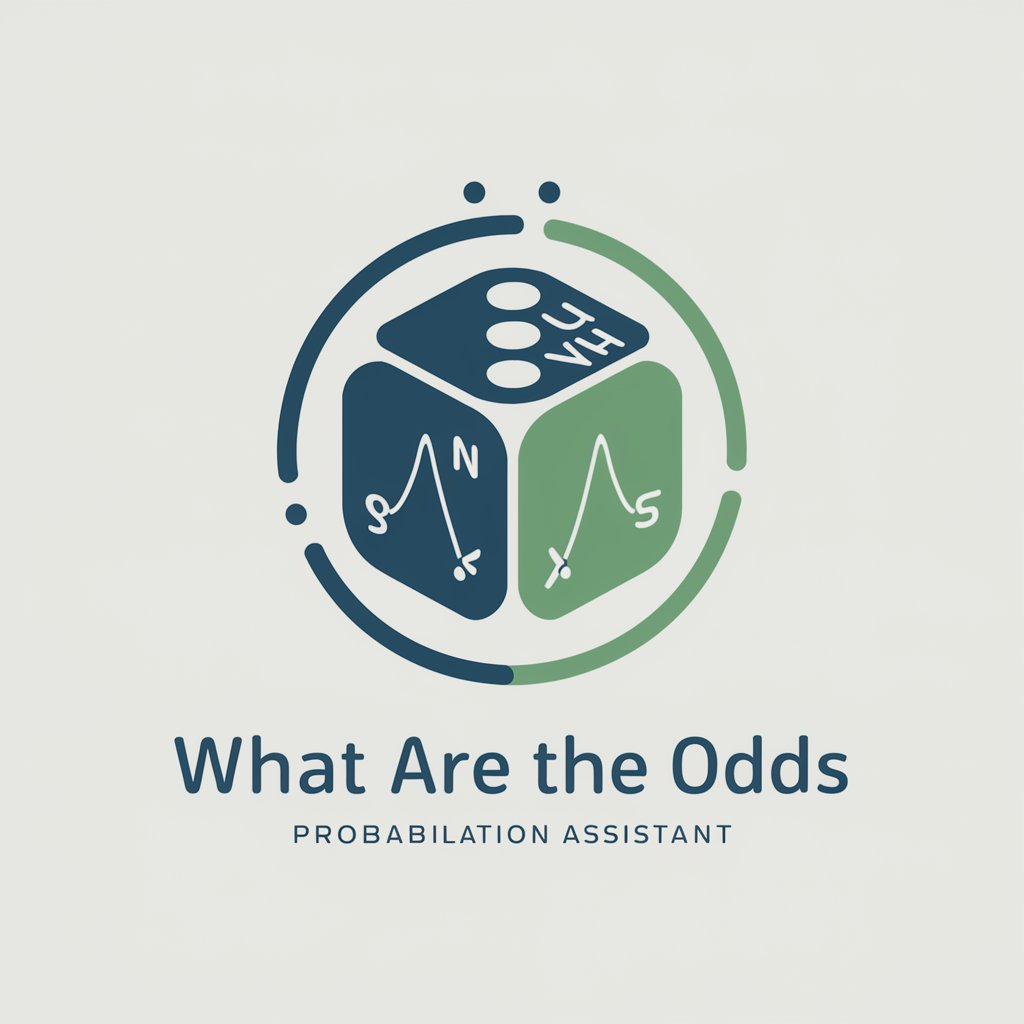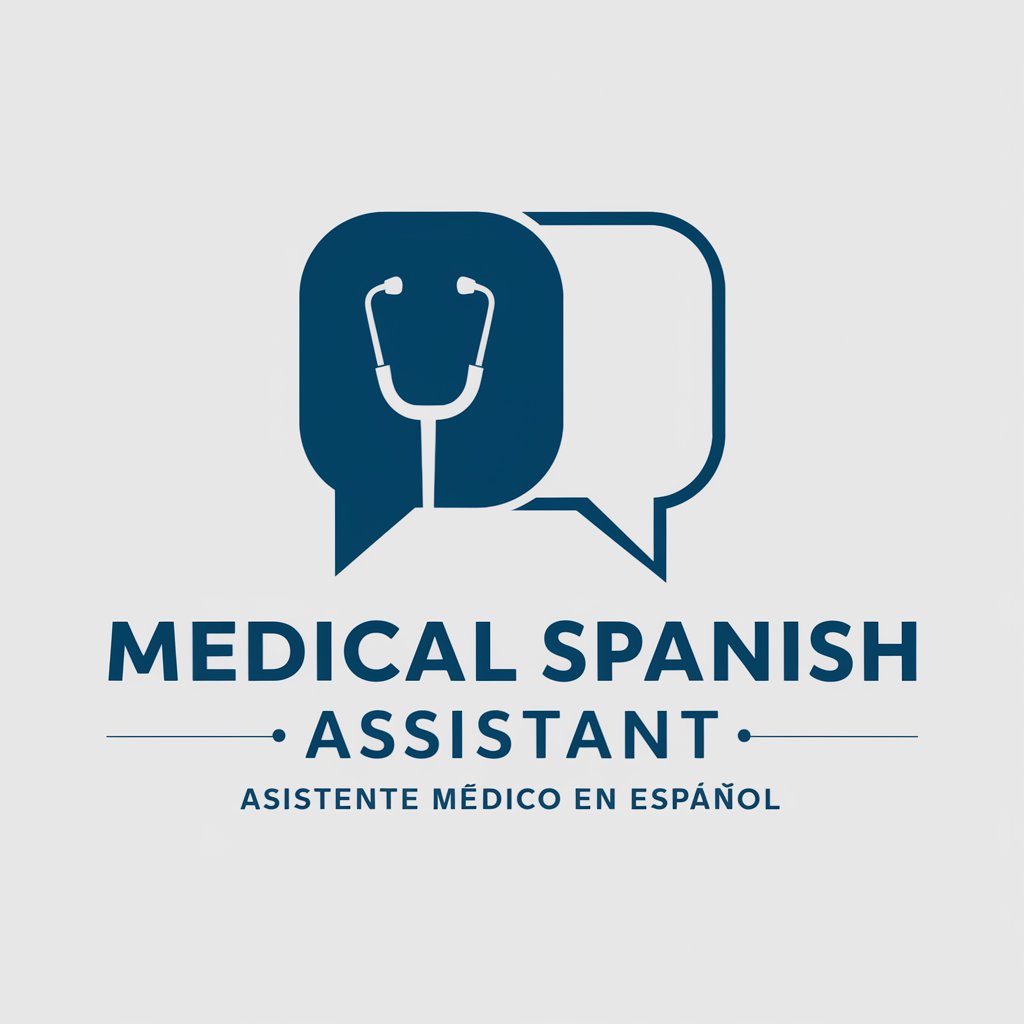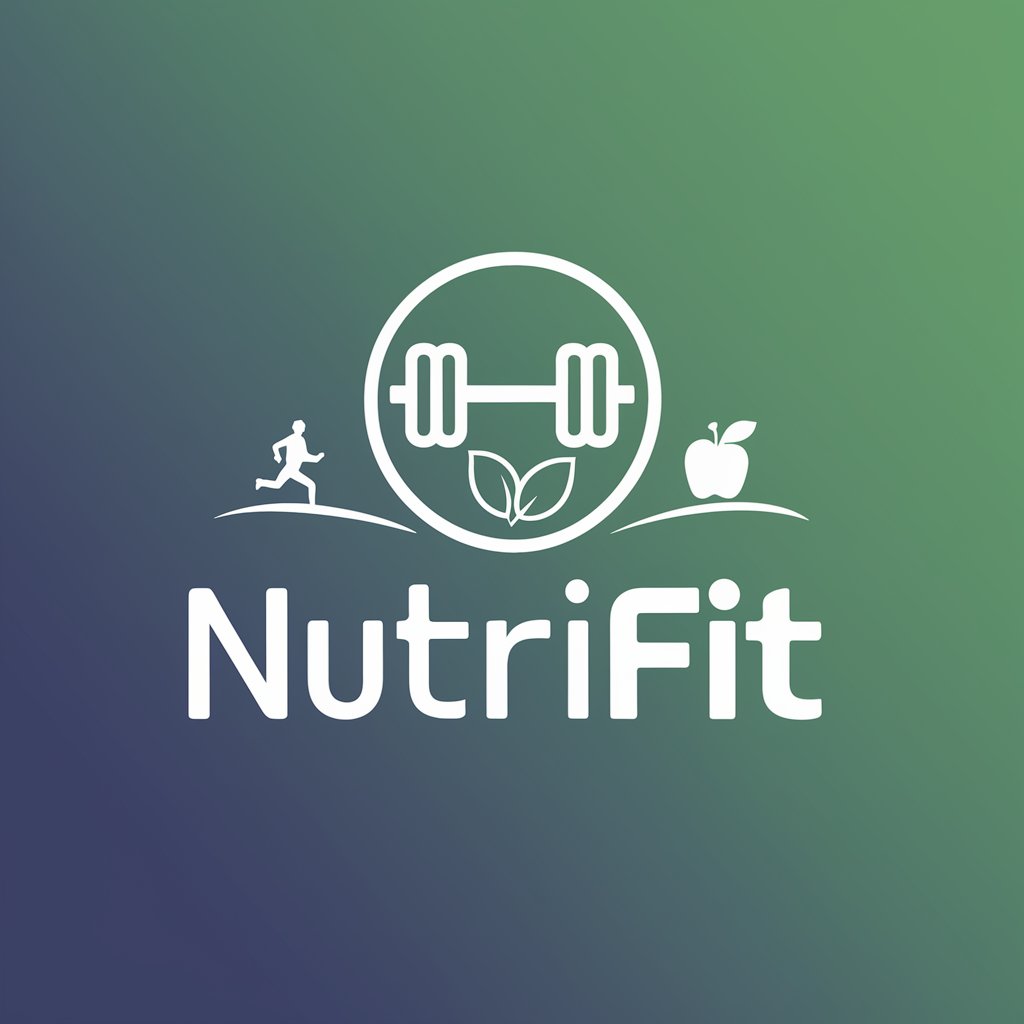What Are the Odds - AI-Powered Probability Tool

Hi there! Ready to explore some probabilities?
Deciphering Probability with AI Precision
What are the odds of getting a full house in poker?
How can I calculate the probability of multiple events happening?
Can you explain the basics of probability distributions?
What's the difference between independent and dependent events?
Get Embed Code
Understanding What Are the Odds
What Are the Odds is a specialized tool designed to demystify probability calculations for a wide array of users, ranging from students to professionals seeking to understand the likelihood of various outcomes. At its core, What Are the Odds simplifies the complex field of probability, making it accessible and engaging through conversational and easy-to-understand explanations. For instance, if you're curious about the chances of drawing a spade from a standard deck of cards, What Are the Odds can not only provide the straightforward answer of 1 in 4, or 25%, but also explain the reasoning behind this calculation, using principles of probability theory. By avoiding technical jargon and instead opting for clear, relatable analogies, it ensures users gain a solid understanding of probability concepts, fostering a deeper interest in the subject. Powered by ChatGPT-4o。

Key Functions of What Are the Odds
Probability Calculation
Example
Calculating the odds of drawing a specific card from a deck
Scenario
A user inquiring about the likelihood of drawing an Ace of Hearts from a standard 52-card deck. What Are the Odds would explain that there is a 1 in 52 chance, providing both the numerical probability and a conceptual explanation of how each card in the deck has an equal chance of being drawn.
Statistical Analysis
Example
Analyzing data to determine trends and probabilities
Scenario
A business analyst trying to understand the probability of a sales increase based on historical data. What Are the Odds can break down the statistical methods to analyze past sales data, apply relevant probability distributions, and estimate the likelihood of future sales increases.
Educational Resource
Example
Offering explanations and tutorials on probability concepts
Scenario
A student struggling with probability homework. What Are the Odds provides step-by-step explanations of probability principles, such as the difference between independent and dependent events, using examples from real life or popular games to make the concepts more understandable.
Who Benefits from What Are the Odds?
Students and Educators
Students grappling with probability concepts in their coursework and educators seeking to provide clear, engaging examples to facilitate learning. What Are the Odds serves as a supplementary educational tool, offering detailed explanations and examples that can make teaching and learning probability more effective and enjoyable.
Professionals
Professionals in fields requiring data analysis and risk assessment, such as finance, marketing, and project management. They benefit from What Are the Odds by obtaining a clearer understanding of statistical data, enabling better decision-making based on the calculated probabilities of different outcomes.
Hobbyists and Enthusiasts
Individuals with a keen interest in games of chance, puzzles, or simply a curiosity about the statistical likelihood of everyday events. What Are the Odds caters to this audience by providing intriguing insights into the probability of various scenarios, enriching their understanding and appreciation of the subject.

Guidelines for Using What Are the Odds
Initial Access
Visit yeschat.ai for a complimentary trial, accessible immediately without the need for a ChatGPT Plus subscription or even logging in.
Understand the Scope
Familiarize yourself with the tool's abilities, focusing on probability calculations, statistical analysis, and probability-based problem-solving.
Prepare Your Questions
Formulate clear, specific questions or scenarios related to probability, ensuring the details are precise for the most accurate guidance.
Engage with the AI
Input your questions or scenarios into the chat interface. Utilize the conversational format to refine your queries or ask for further explanations as needed.
Learn and Apply
Review the AI's responses carefully. Use the detailed explanations and examples provided to enhance your understanding or apply the insights to real-world situations.
Try other advanced and practical GPTs
Medical Spanish Assistant
Empowering Healthcare Communication with AI

Dream Weaver
Unlock the secrets of your dreams with AI

Dudes Yoga GPT
Elevate Your Yoga Journey with AI

Fluid Re-Writer
Elevate Your Text with AI-Powered Rewriting

EDM Maestro
Elevate Your EDM Productions with AI

Scholarship Navigator
Unlock Scholarships with AI

Programmatic Advertising Expert
Streamlining Programmatic Advertising with AI

InternMatch AI
Empowering your internship journey with AI.

Beauty Advisor
Empowering your beauty journey with AI

Book Recommender
Discover Your Next Read with AI

Finance Advisor
Empowering financial decisions with AI

NutriFit
Empowering Your Fitness Journey with AI

Common Questions about What Are the Odds
Can What Are the Odds assist with real-world probability problems?
Absolutely. The tool is designed to handle a range of real-world situations, interpreting statistical data or scenario-based queries to provide probability assessments and decision-making support.
How does What Are the Odds handle complex statistical concepts?
The tool breaks down complex concepts into understandable terms, using analogies and examples. It can articulate detailed explanations for statistical methods, ensuring users grasp the underlying principles.
Is What Are the Odds suitable for educational purposes?
Yes, it's highly suitable. Educators and students alike can use the tool to explore probability concepts, solve problems, or clarify statistical principles in a user-friendly, interactive manner.
Can the tool provide visual representations of probability distributions or statistical data?
While the tool primarily focuses on textual explanations and guidance, it can describe how data may be visually represented and guide users on interpreting various types of statistical charts or graphs.
Does What Are the Odds adhere to ethical guidelines?
Yes, it operates within strict ethical boundaries. It avoids sensitive topics like gambling or personal health risks and refrains from providing legal, financial, or health advice, focusing purely on educational and informational support.
